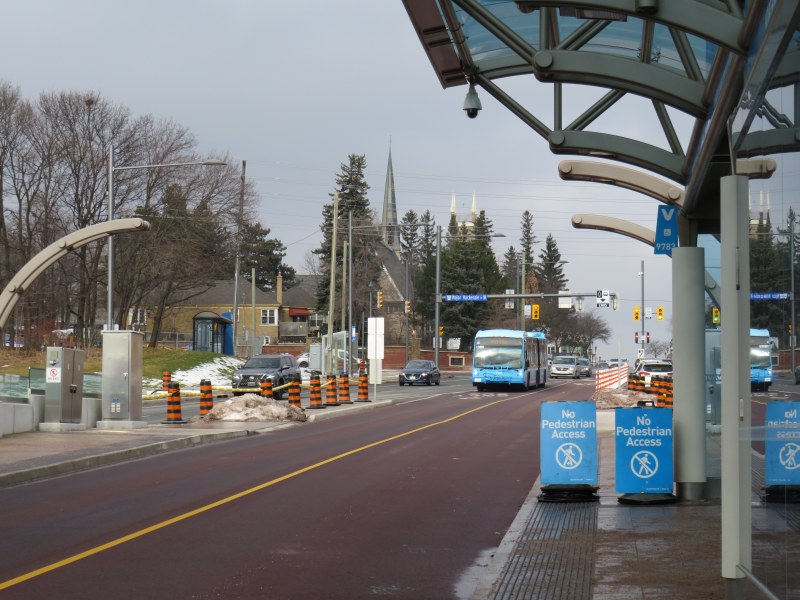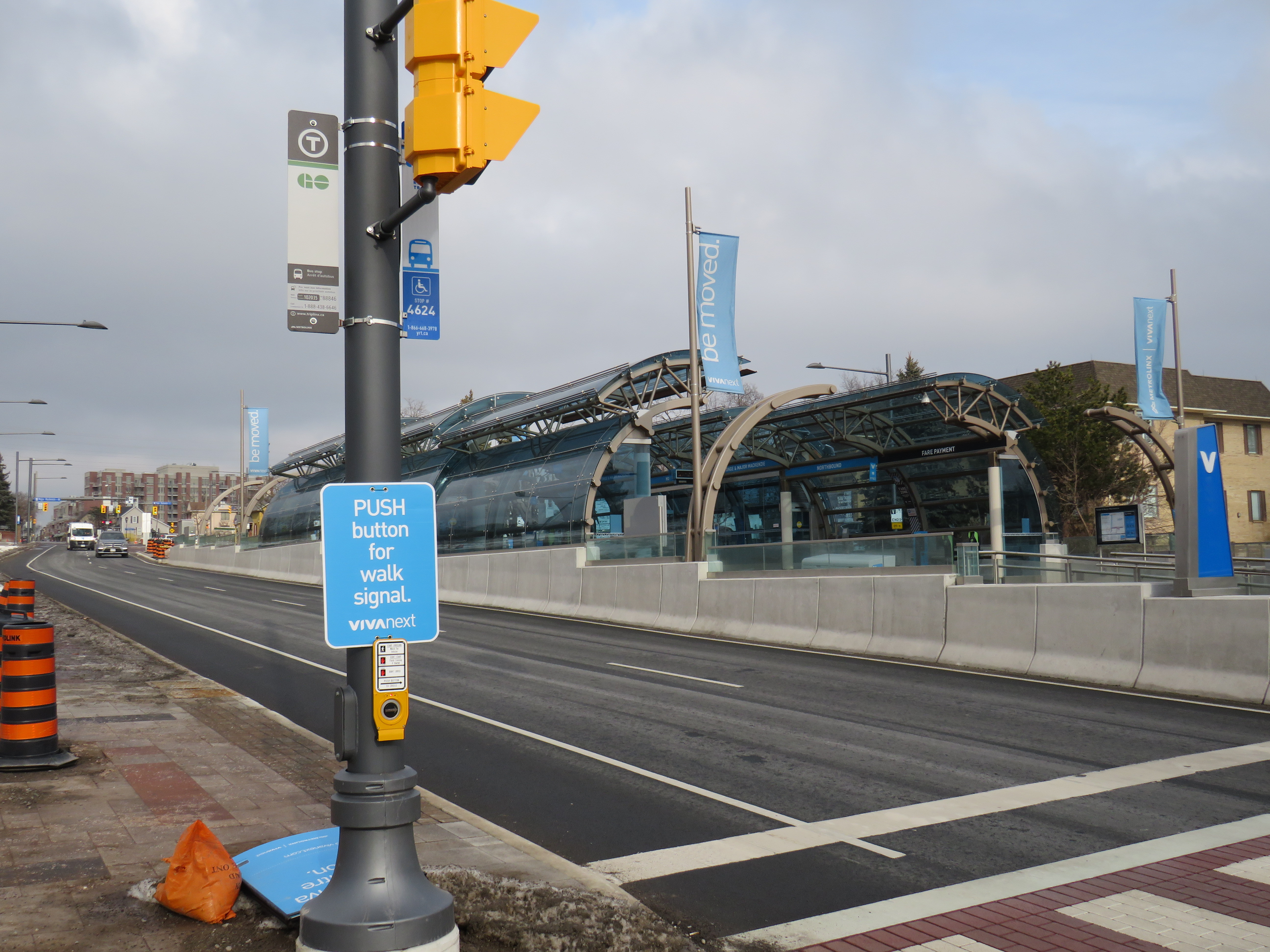On December 20, 2020, the newest section of York Region’s Viva Rapidways opened for service on Yonge Street between Highway 7 and Major Mackenzie Drive. I have been critical of York Region’s rapid transit projects for several reasons:
they are underutilized, t
hey are poorly designed for pedestrians,
and without frequent service and convenient connecting routes, the money spent on fancy new infrastructure ends up becoming a questionable investment.
At least the new Yonge Street Rapidway would serve York Region’s busiest transit corridor, supporting new high-density development in Richmond Hill. Unlike on Highway 7 or in Newmarket, there are no two-phase pedestrian crossings on this part of Yonge. Unfortunately, a botched connection between the new Rapidway at Major Mackenzie Drive created a new problem for the YRT/Viva transit network.
This issue — along with the other problems with York Region’s Rapidways that I discussed previously — should be held up as lessons on what not to do when building new transit rights-of-way in street medians,
be it on Hurontario Street in Mississauga and Brampton, planned BRT lines on Dundas Street in Mississauga, or Queen Street in Brampton.









